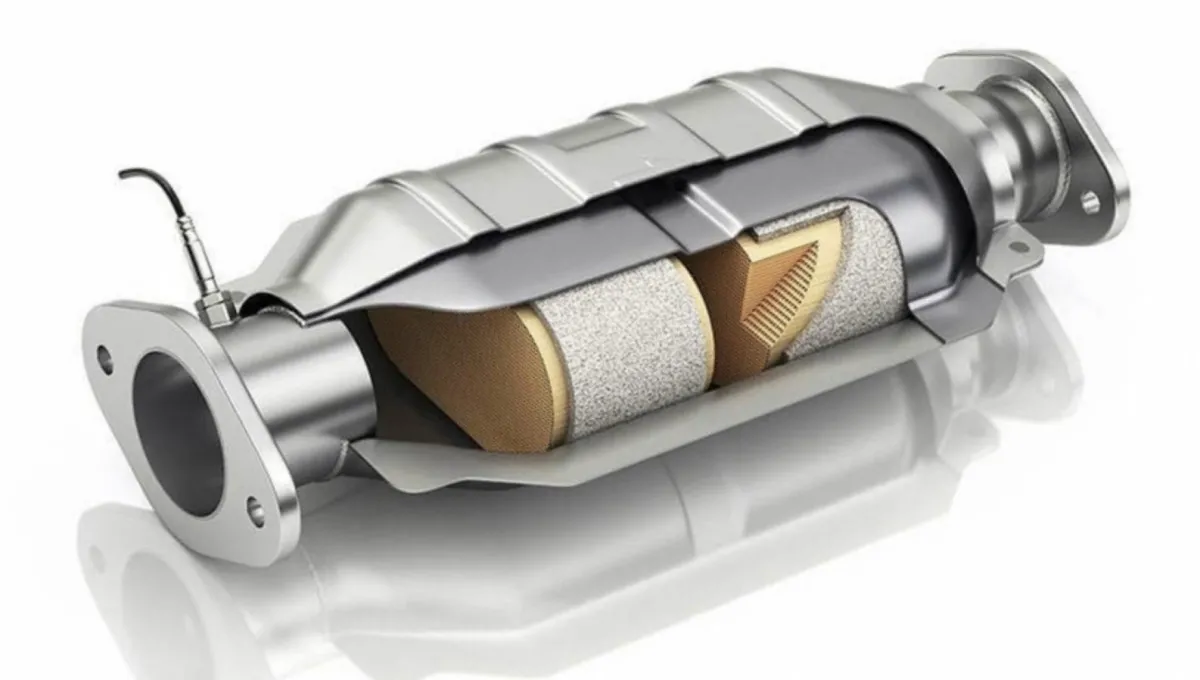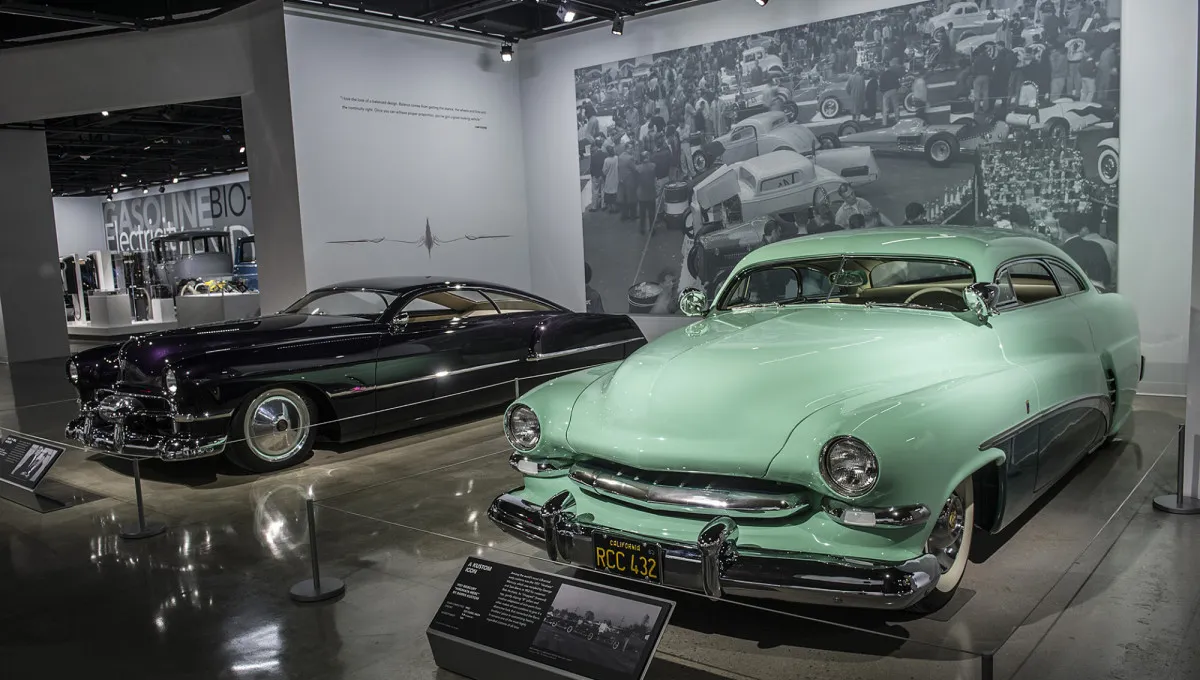Carmakers promise one thing — but reality shows another: here’s where drivers are most often misled
Automakers exaggerate fuel economy, trunk space, and leave out plenty of other details.

Every driver has noticed it at least once: the numbers in glossy brochures and spec sheets don’t always match what you get on the road. Manufacturers and dealers deliberately polish the data to make their cars look more attractive.
Fuel economy: Official fuel consumption figures almost never hold up in real-world driving. Tests are run in labs under perfect conditions — no wind, no temperature swings, no bad fuel. On the road, consumption can be 20–30% higher. Some companies have even faced lawsuits. Hyundai and Kia, for example, paid fines in the U.S. over understated fuel economy claims for 900,000 cars.
Ground clearance and inconsistent standards: In Europe, clearance is measured on a loaded vehicle, while in the U.S. it’s measured with the car empty. Peugeot, meanwhile, sometimes uses the gap between the pavement and the side sills. As a result, the same model can end up with very different numbers on paper.
Trunk volume — liters that don’t exist: Cargo capacity is typically listed in liters, but that’s a flexible metric. The European VDA standard uses small one-liter boxes to fill every corner of the trunk. In practice, you often get 1.4–3.5 cubic feet less space — sometimes as much as 5.3 cubic feet.
0–62 mph acceleration — track-only numbers: The quoted times to 100 km/h (62 mph) are achievable only under ideal conditions: smooth asphalt, brand-new tires, A/C and lights turned off. In everyday driving, cars usually take a second or two longer.
Engine power — horsepower with fine print: Even horsepower isn’t measured the same everywhere. In the U.S. and Europe, different methods are used — either at the crankshaft or at the wheels. What’s more, 100 “U.S. horsepower” equals 101.38 metric horsepower. On paper, some engines are even “detuned” to reduce taxes, which means the stated power can differ from what you actually get.
In the end, brochures are written for marketing, not precision. The real numbers only come out in independent tests and everyday driving.
You may also be interested in the news:

This Abandoned Corvette Needs Help, Selling at No Reserve Because It Has No Other Option
This 1971 Chevrolet Corvette has appeared on eBay with a single goal — to persuade online buyers that it deserves another shot at life after spending what seems like ages parked and neglected.

Auto Hold: The Button Many Americans Still Don’t Know About — and How It Can Change the Way You Drive
I use it all the time now — can’t imagine how I ever drove without it.

Common Signs of a Clogged Catalytic Converter – What It Does and How to Check It Yourself
No matter what you’ve heard about catalytic converters lasting forever, the truth is that every one of them eventually wears out. Here’s how to diagnose a failing converter—and what you can do to fix it.

Every American Should Visit These – The Best Car Museums in the U.S.
These top automotive museums don’t just showcase classic cars – they tell the story of how engineering and design have evolved through the decades.

Hot-Dip Galvanizing Protected Cars from Rust for Decades — So Why Did Automakers Abandon It Now?
Hot-dip galvanizing once seemed like the perfect armor against rust — until its serious downsides became impossible to ignore.